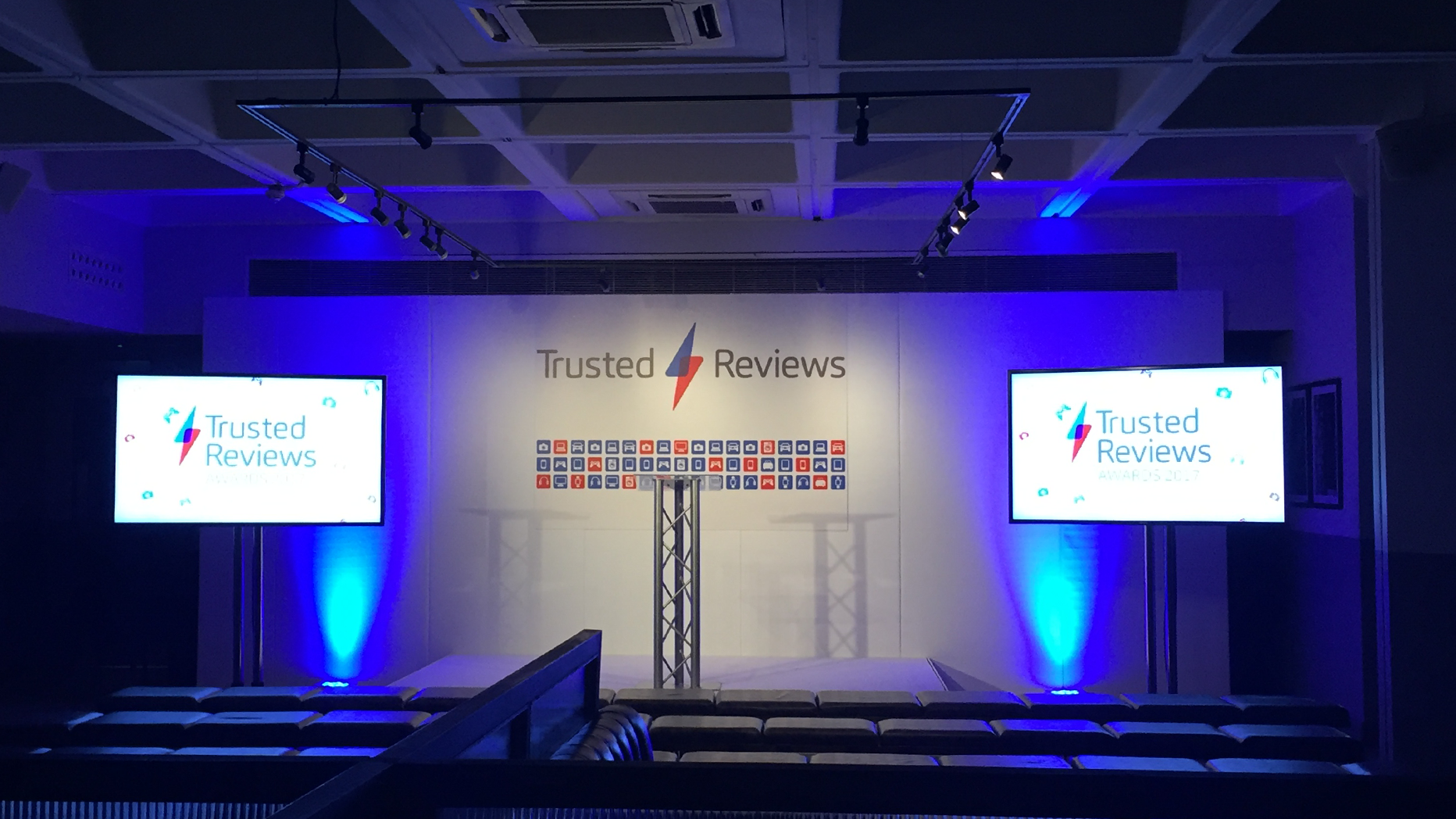LED screens are game-changers when it comes to stage events. They are vibrant, dynamic, and deliver crystal clear visuals that elevate concerts, conferences, festivals, and corporate functions.
But with great visuals comes great responsibility. Whether you are hosting a small business seminar or a massive live concert, renting LED screens means being mindful of several key precautions to make sure everything runs smoothly and safely.
5 Important Precautions You Need To Take Care Of
To help you understand better, we will walk you through the essential precautions you should take when renting LED screens for your stage. These insights will help you avoid technical hiccups, budget blowouts, and most importantly, ensure the safety of everyone involved.
1. Understand The Venue Requirements First
Before renting any LED screen, your very first step should be understanding your venue’s layout and restrictions. Why? Because every venue has its own rules. Limitations and technical specs that can make or break your LED display setup.
a. Key Precautions Include
Check ceiling heights and rigging points. Some LED walls are heavy and require strong mounting or suspension points. Make sure the venue can support the weight.
b. Measure Stage Dimensions
You don’t want your screen to be too small or too large. Measure both width and height precisely.
c. Power Availability
High-resolution LED walls consume significant power. Check with the venue about power outlets, voltage requirements, and generator availability.
d. Ambient Lighting
Bright daylight or venue lighting can affect screen visibility. Make sure the screen’s brightness level (measured in nits) is appropriate for the environment.
Skipping this step can lead to last-minute surprises. Screens may not fit, power may be inadequate, and your budget might suffer from urgent reworks.
2. Select The Right Pixel Pitch And Screen Type
All LED screens are not created equal. The “pixel pitch,” which is the distance between two LEDs, directly affects how your visuals will look from the audience’s point of view.
What to watch out for:
a. Small Pixel Pitch For Close Viewing
If your audience will be close to the screen (like in corporate meetings), opt for a finer pixel pitch (2mm-3mm).
b. Larger Pixel Pitch For Distant Viewing
For concerts or outdoor shows, a 4mm-6mm pitch works just fine.
c. Indoor Vs Outdoor Screens
Outdoor screens need to be waterproof, weather-resistant, and extra bright.
Choosing the wrong type can cause blurred visuals or even screen failure in outdoor settings. It also affects your rental cost, so pick smartly based on the event type and audience distance.
3. Inspect The LED Panels Before Installation
Just because you are renting, doesn’t mean you should skip inspection. Damaged or poorly maintained LED panels can result in dead pixels, colour mismatch, or flickering displays. For this, before the event, do the following:
a. Check For Cracked Or Dead Pixels
Walk up close and check for spots that are not lighting up.
b. Test Uniformity
Look for inconsistent colours or brightness across the panel.
c. Run A Full-Screen Video Test
Play a test video to ensure the screen operates smoothly and consistently.
LED panels are delicate. Even one faulty unit can ruin the screen and affect the overall quality of your event. Insisting on prechecks keeps things reliable.
4. Ensure Proper Installation By Certified Technicians
LED screen setup is not a DIY task. It requires trained professionals who understand screen calibration, weight distribution, rigging safety, and electrical handling. Some of the installation precautions are the following:
a. Use Certified Technicians
Always ask if the rental provider has certified riggers and techs.
b. Check Truss And Support Structures
Make sure all rigging is stable and complies with safety regulations.
c. Secure Cables
Loose wires not only look bad but are also serious trip hazards.
d. Test Everything In Advance
Have a full tech run-through a day before the event.
Improper installation can lead to screen failure, power issues, or even electrical hazards. Always trust experienced professionals, and never cut corners on safety.
5. Weather-Proof Your Setup For Outdoor Events
Planning an outdoor concert, festival or activation? Then your LED screen setup needs weather protection. You must follow these precautions:
a. Choose Weatherproof LED Screens
These are designed with IP65 or higher ratings to resist rain and dust.
b. Use Covers And Enclosures
Keep backup tarps or a waterproof enclosure ready in case the weather changes.
c. Avoid Direct Sunlight If Possible
Too much sunlight can reduce visibility. Position screens in shaded areas or use high-brightness LEDs.
d. Check Wind Ratings
High winds can knock down unsupported LED screens. Thus, ensure the truss system can withstand local wind conditions.
The weather is always unpredictable. Thus, a sudden rain or gust of wind can damage equipment worth thousands or injure people. Proper planning ensures peace of mind.
Finally, Be Smart, Be Safe, Be Prepared
Renting LED screens for your stage event is an exciting way to level up your visuals and impress your audience. But without the right precautions, even the most advanced screens can turn into liabilities.
From choosing the right screen type and inspecting panels to ensuring proper installation and protecting against weather and power issues. Thus, extra planning goes a long way in ensuring a successful, stress-free event. So next time you think of rentin

